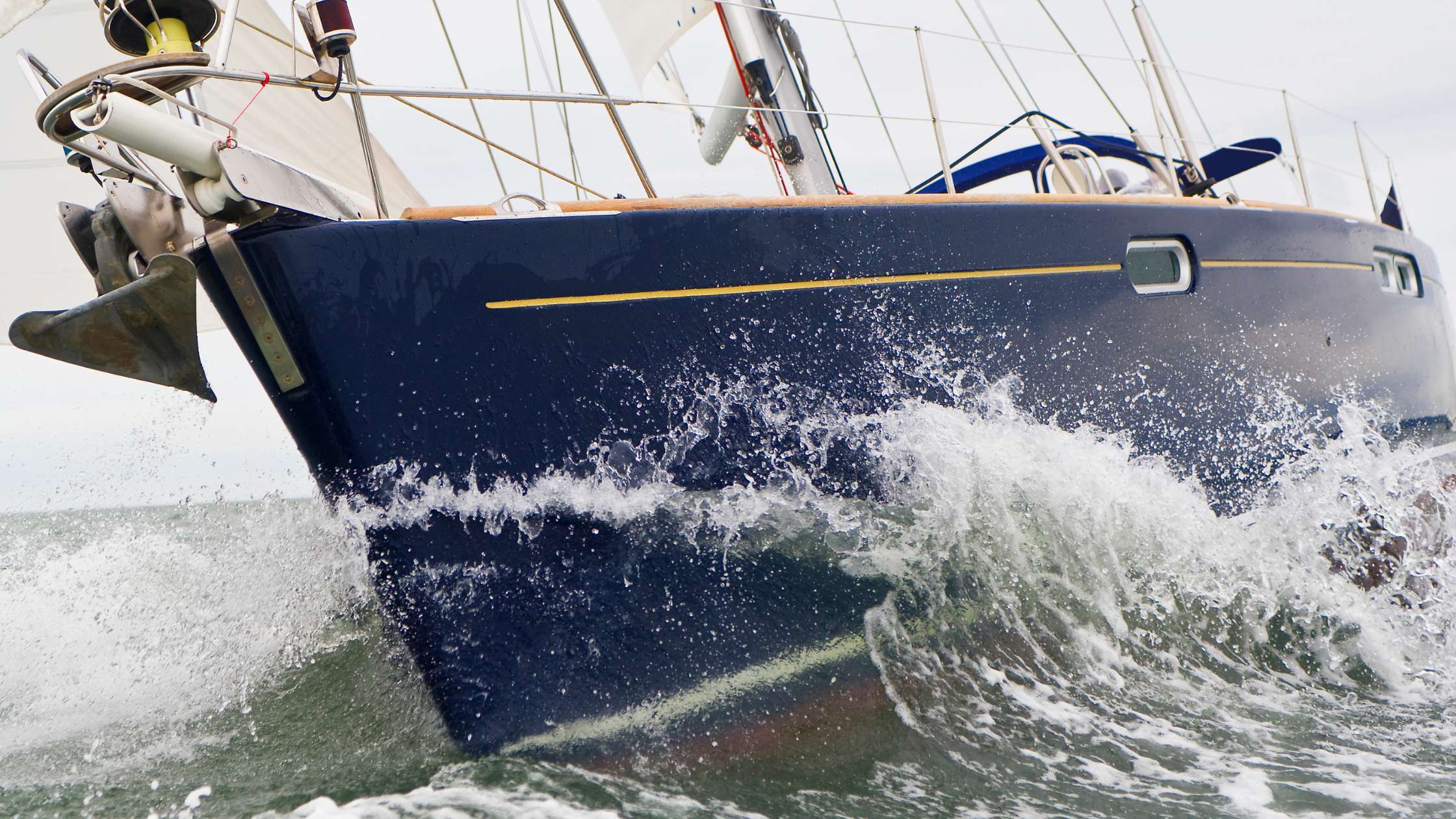In Florida’s coastal waters, you’ll encounter barnacles clinging, algae spreading, and tunicates sliming on your boat’s hull. Each of these marine species brings unique challenges, from barnacles increasing drag and fuel consumption to algae accelerating corrosion. Tunicates can clog and overheat engines, while hydroids damage antifouling paint, and sponges, despite their ecological benefits, erode hulls.
You might wonder how to manage these persistent fouling organisms effectively and maintain your boat’s performance. Let’s explore the details of each species and practical steps you can take to keep your vessel in top condition.
1. Barnacles
Dealing with barnacles on your boat can be frustrating and time-consuming. These crustaceans form dense colonies, increasing drag and reducing fuel efficiency.
Regular boat maintenance is essential to keep them at bay. Employing antifouling techniques, such as applying specialized paint, creates a barrier that deters barnacle attachment. This is crucial for corrosion prevention, as barnacles can erode your hull over time.
Leveraging professional cleaning services helps manage this issue more efficiently, ensuring your vessel stays in top shape. While barnacles are a natural part of the marine ecosystem, their impact on your boat’s performance and structure necessitates proactive measures.
Routine inspections and cleanings are vital to maintaining your boat’s integrity and longevity.
2. Algae
While barnacles pose a significant threat, algae also create substantial issues for boat owners by coating submerged surfaces and slowing down vessels.
The environmental impact of algae growth can’t be ignored, as it can lead to metal corrosion and increased fuel consumption.
Effective algae control methods include regular cleaning and the use of commercial cleaning solutions designed for marine environments.
Understanding seasonal growth patterns can help in planning maintenance schedules.
Algae bloom prevention is crucial, especially during warmer months when growth accelerates.
By staying proactive, you can minimize the negative effects of algae on your boat.
Regular inspections and timely interventions are key to maintaining your vessel’s performance and longevity.
3. Tunicates
Tunicates, also known as sea squirts, form slimy colonies on boat hulls that can obstruct intakes and cause engine overheating. You’ll spot them by their gelatinous bodies, which can vary in color. Look for clusters that resemble small, soft tubes or sacs for effective tunicate identification.
They thrive in coastal waters, particularly around docks and marinas, making these areas prime tunicate habitats. Tunicates feed by filtering plankton and organic particles from the water, which accelerates their growth and impacts your boat.
Removing them requires regular scrubbing and possibly professional cleaning services. Tunicate removal is essential to maintain your boat’s performance and prevent engine issues. Stay vigilant to keep these persistent filter feeders from wreaking havoc on your vessel.
4. Hydroids
Hydroids, with their small, tentacle-bearing structures, can quickly become a nuisance on your boat’s hull. These tiny creatures thrive in marine habitats, attaching themselves to submerged surfaces. Their impact is significant; they can damage antifouling paint and obstruct water intakes, disrupting water flow.
Regular inspection is essential for effective hydroid control. Prompt hydroid removal prevents extensive detailing costs and maintains boat performance.
To minimize their impact, implement hydroid prevention techniques such as applying antifouling paint and storing your boat out of the water when not in use. Understanding hydroid habitats helps you anticipate where they might attach.
5. Sponges
In the waters of Pinellas County, sponges frequently attach to boat bottoms, causing significant biofouling issues.
While they might provide some benefits, like filtering water and contributing to the ecosystem, their attachment can lead to sponge-related damages, such as hull erosion and increased drag.
To combat this, you should employ effective sponge removal techniques, such as scraping and using antifouling paints.
Regular inspections can help in sponge growth prevention, ensuring they don’t get a foothold on your vessel.
Understanding sponge habitat effects is crucial; sponges thrive in nutrient-rich waters, so minimizing pollutants can reduce their growth.
Stay proactive to maintain your boat’s performance and longevity.
Professional Underwater Maintenance Services for Your Boat
To ensure your boat remains in pristine condition, consider partnering with Hull 2 Prop.
Specializing in underwater maintenance services, they provide expert cleaning and antifouling solutions to combat marine growth effectively.
With their skilled team, you can rest assured that your vessel will be free from barnacles, algae, and other common nuisances, allowing you to enjoy Florida’s beautiful waters without concern.
Don’t let marine growth hinder your adventures—trust Hull 2 Prop to keep your boat in top shape and guarantee smooth sailing for years to come.







